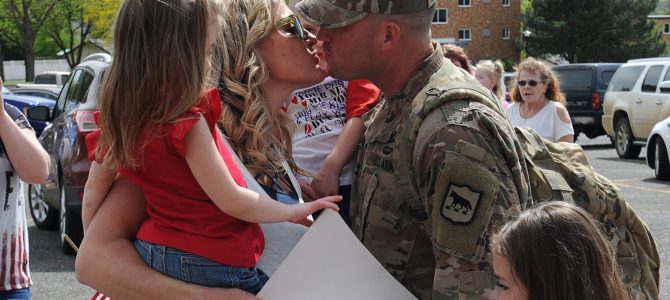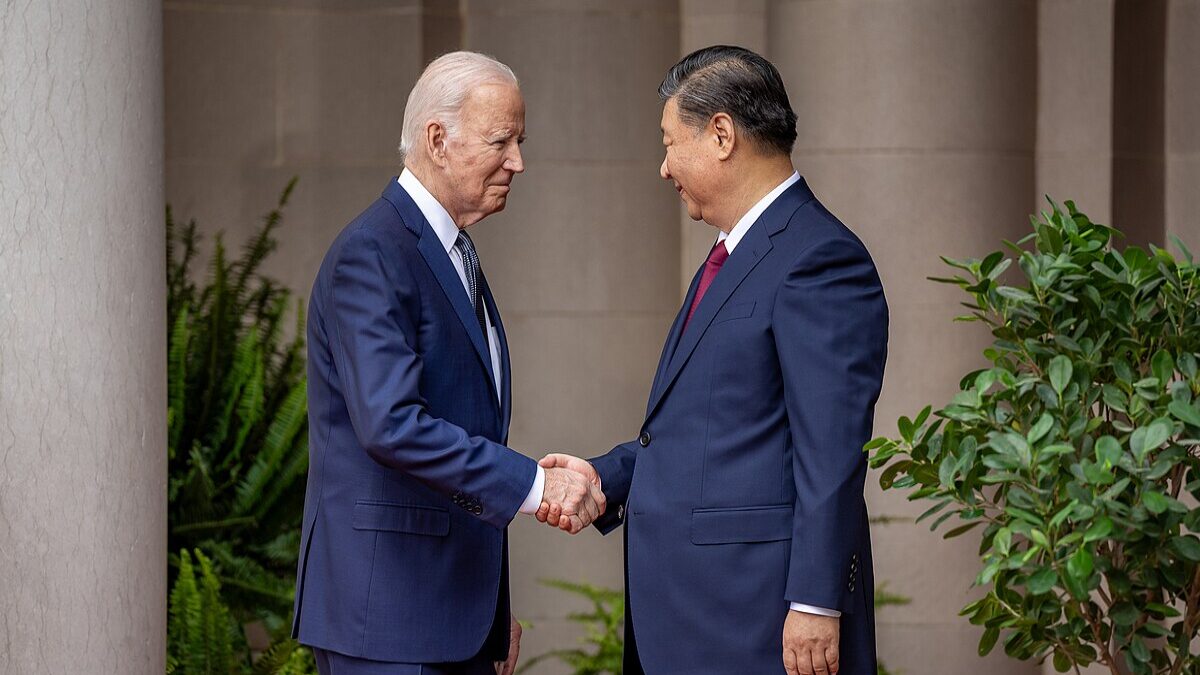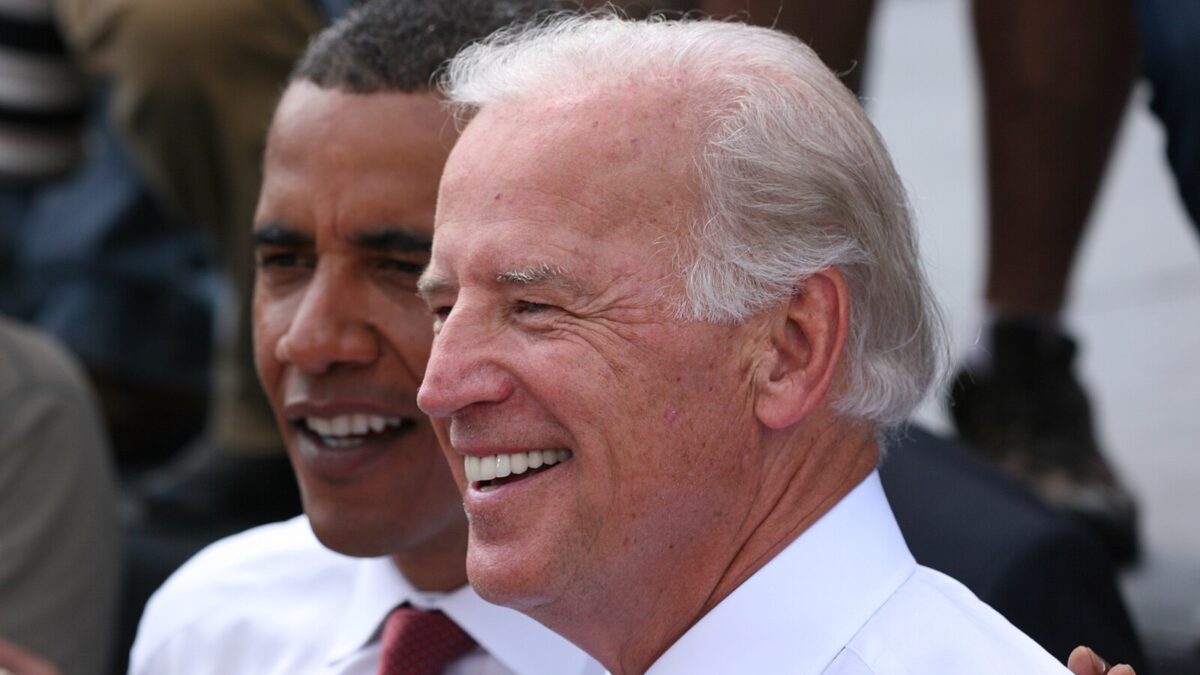
The U.S. troop withdrawal from Syria was supposed to be rapid, complete, and permanent. Then, after considerable resistance and outright hysteria from the usual suspects in the foreign policy establishment, the White House backed away from its initial position and explained the withdrawal would be slow, deliberate, and based on conditions on the ground. Now, as of this writing, the complete, unconditional withdrawal that President Donald Trump announced in December 2018 will be neither complete nor unconditional.
Interventionist lawmakers like Sen. Lindsey Graham and senior U.S. military officers such as Chairman of the Joint Chiefs Joe Dunford reportedly lobbied the president to reassess his earlier position. A U.S. defense official told The New York Times the 400-member American military presence will be an indefinite project, exit date to be determined. If all goes according to planned, the troops left behind will form the nucleus of a 1,500–2,000 international peacekeeping group responsible for myriad objectives, including keeping the Turks and the Syrian Kurds from killing each other.
Back in the old days, before U.S. global primacy became the guiding principle of Washington’s foreign policy, U.S. leaders would celebrate the conclusion of a mission by declaring victory and bringing our brave fighters home. But in an era where our grand strategy calls for open-ended military commitments—often with little or no connection to American security—nobody should be surprised by this tragic turn of events.
Washington policy elites are comfortable running foreign policy on auto-pilot, and decisions are heavily skewed in favor of permanent military intervention. Wars don’t end. They simply change shape and continue with vastly different (and often unattainable) objectives. There are many reasons why keeping any number of U.S. soldiers on the ground in Syria is strategically unwise.
As my Defense Priorities colleague Benjamin Friedman described it, “U.S. forces should be used for achievable missions that protect the American people, not as a tripwire meant to somehow referee Syria’s civil war.” Yet in succumbing to a long-term U.S. troop presence in a highly combustible part of Syria, the administration is ignoring that sound warning.
In changing the goals of a mission to justify a lengthier U.S. military deployment, the United States is short-circuiting Congress; happily riding a slippery slope heedless of the consequences; and distracting itself from foreign policy priorities that are far more important at a time when great power competition is increasingly characterizing world politics. The only thing several hundred Americans in the middle of the Eastern Syria desert will do is needlessly poke Iran and Russia in the eye and dare Syrian government and Iranian-affiliated militias to challenge the United States as both work on achieving a total victory.
Were U.S. forces not already deployed to Syria, no sane person would recommend sending in 400 U.S. troops into a complex, dangerous civil war with multiple armed actors on the ground. So why is the Trump administration leaving behind 400 soldiers after the victory of liberating ISIS-held territory?
In its quest to police a zone of control along the Syrian-Iraqi border, the United States has already used military force against entities other than ISIS. Unmanned Iranian drones and manned Syrian aircraft have been shot out of the sky. Russian jets have bombed positions a few dozen miles from where U.S. forces are stationed.
As Foreign Policy reported, Washington and Tehran were one airstrike away from an armed collision when Iranian-allied forces were transporting a port-a-potty through the al-Tanf battle space. In perhaps the first major armed confrontation between American and Russian-aligned ground forces in decades, the U.S. Air Force struck and killed hundreds of Russian mercenaries, who were encroaching upon the al-Tanf garrison and threatening to overtake American positions by force.
Were it not for the ingenuity, training, and professionalism of the U.S. military officers and soldiers at the scene, these risky engagements could have easily sparked a major armed conflict. If past is prologue, a continuous U.S. presence at al-Tanf is likely to result in more close calls—all to maintain U.S. control over a patch of territory in the sparse Syrian desert that is totally disconnected from the anti-ISIS mission.
The Trump administration is all but daring the Russians, Iranians, Syrian army, and pro-Assad militias to take the United States on, as these forces are motivated to bring every inch of Syrian territory under the Assad regime’s control.
If there were a vital U.S. national security interest at stake, perhaps accepting this risk would be justifiable or more understandable. But the opposite is the case: With ISIS’s territorial caliphate in ruins and its few hundred diehard fighters increasingly looking like a bedraggled group of losers and misfits, ordering U.S. soldiers to police an area of the Syria-Iraq border is an all-risk, no-reward proposition. It simply doesn’t make sense, nor is this semi-occupation of a slice of Syria required to defend the American people from terrorism.
The last 17 consecutive years of failed nation-building operations should have taught U.S. officials a valuable lesson by now: Placing troops on the ground in perpetuity is like prescribing pain killers to address internal bleeding. It may make the Washington foreign policy establishment feel better, but it won’t do a darn thing to address the root causes of terrorism, a problem our military cannot solve.
Our U.S. military can, however, keep us safe. Effective counterterrorism, which does not require permanent ground forces, relies on U.S. military and intelligence assets, pragmatic relationships with governments whose national security and counterterrorism interests align with our own, and eliminating anti-American terrorist threats.
If U.S. military deployments were the answer, terrorists wouldn’t be operating in dozens of countries across Asia, the Middle East, and Africa. To think the same policy long derided as ineffective and wasteful in Afghanistan and Iraq will be effective and cost-efficient in Syria defies elementary logic.
Despite all the twists and turns in the administration’s Syria policy over the past two months, President Trump made the right decision back in December: With the campaign to destroy the Islamic State caliphate complete, the military mission is over, and all U.S. forces should come home. Local actors, including our regional partners and allies, should take on more responsibility for policing their region.
Any further delay in the withdrawal process will only provide these stakeholders an excuse to kick the can of responsibility down the road and avoid the hard, long, but vital work of combating the economic malaise, political stigmatization, and social inequities that allow terrorists to stay in business.
As usual, American troops have performed admirably. The results speak for themselves. We’ve won all we can. Any further action would be the quintessential example of mission creep. It is now time to acknowledge victory and withdraw, as the president first proposed.









